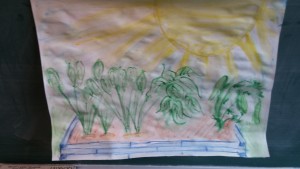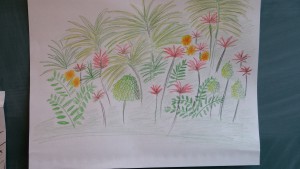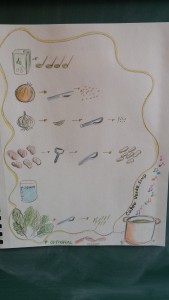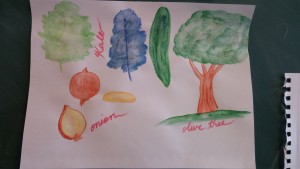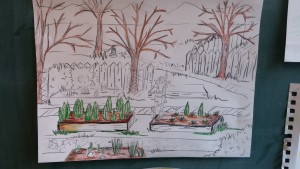Inquiry: Teaching Principles
The best teacher is…
“the person who can help learners see relationships between their own and other cultures, can help them acquire interest in and curiosity about ‘otherness’, and an awareness of themselves and their own cultures seen from other people’s perspectives” (Byram, Gribkova, Starkey, 1997, p.10)
Citation:
Rivers, Wilga M. & Johns Hopkins Univ., Washington, DC. National Foreign Language Center. (1989). Ten Principles of Interactive Language Learning and Teaching. NFLC Occasional Papers. [Washington, D.C.] : Distributed by ERIC Clearinghouse
How do we frame our lessons so it is student centered? We need to realize that our students do not come in as blank slate and that they are full of knowledge and unique experience. We have to keep in mind of the following learning intentions when designing our lessons. The 10 principles of learning can be applied across the curriculum. I have summed up the 10 principles to give a succinct overview.
The student is the learner.
- self-assessment, autonomy of the learner, prior experiences and understandings
Learning and teaching are shaped by student needs and goals.
- developing classroom community, language-rich classrooms, routines
Learning and teaching are based on communication.
- communicative-interactive teaching
- importance of oral language development
Development of learning is nurtured by interactive, participatory activities using every possible medium and modality to aid learning.
- learning strategies: songs, gesture, drama, movement,
- facilitating student-student interaction; cooperative strategies
Learning involves activating literacy strategies.
- making connections to literacy learning
- listening, viewing and reading [texts] for understanding
Development of learning is nurtured by integrating across domains within and beyond the classroom.
- Integrated curriculum
- utilizing authentic documents and experiences
- intercultural understandings
Planning for and assessing for learning shape language learning.
- planning for teaching a lesson, a sequence of lessons
- assessment for, of and as learning
Learning is a lifelong endeavour.
- extending and documenting one’s learning journey
- connecting and learning with other educators
